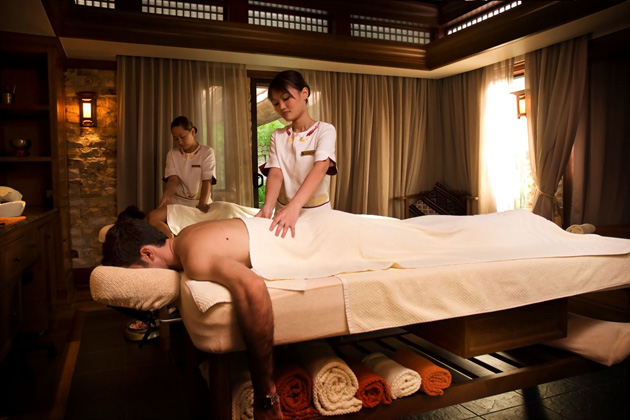Asian therapy massage refers to a broad category of massage techniques that have their origins in various Asian cultures, including but not limited to Chinese, Japanese, Thai, and Ayurvedic traditions. These massage therapies are often characterized by their holistic approach to healing, which encompasses not only the physical body but also the mind and spirit.
Here are some key aspects and principles of Asian therapy massage:
- Energy Flow and Balance: Many Asian massage techniques are rooted in the belief that the body has an energy system with vital life force energy, often referred to as “qi” or “chi” in Chinese medicine. The goal of these massages is to promote the smooth flow of energy throughout the body and restore balance.
- Acupressure and Meridian Points: In Chinese and Japanese massage, practitioners often use acupressure and work on specific points along the body’s meridians (energy pathways). These points are believed to correspond to various organs and systems in the body. Stimulating these points is thought to release blocked energy and alleviate discomfort.
- Stretching and Joint Mobilization: Techniques such as Thai massage incorporate stretching and passive joint movements to increase flexibility, improve circulation, and release tension. Thai massage is often done on a floor mat with the recipient wearing comfortable clothing.
- Herbal Remedies and Aromatherapy: Some Asian massage therapies incorporate the use of herbal remedies, oils, or aromatherapy to enhance the therapeutic benefits of the massage. These can be used to address specific ailments or promote relaxation.
- Mind-Body Connection: Asian therapies often emphasize the connection between the mind and body. Techniques like meditation and deep breathing may be integrated into the massage session to help clients relax mentally and emotionally.
- Holistic Healing: Asian therapy massage is often seen as a holistic approach to health and wellness. It aims to not only alleviate physical symptoms but also promote overall well-being by addressing the root causes of discomfort and stress.
- Cultural Variations: Asian therapy massage encompasses a wide range of techniques and approaches that can vary significantly depending on the specific culture and tradition. For example, Tui Na is a Chinese massage that involves kneading and pressing the body, while Shiatsu is a Japanese therapy that uses finger pressure on specific points.
Asian therapy massage can offer a unique and comprehensive approach to relaxation, pain relief, and overall health improvement. It’s essential to consult with a trained and qualified practitioner who understands the specific technique and its underlying principles to ensure a safe and effective experience. The choice of Asian therapy massage will depend on your individual needs and preferences, as each modality may offer different benefits.

